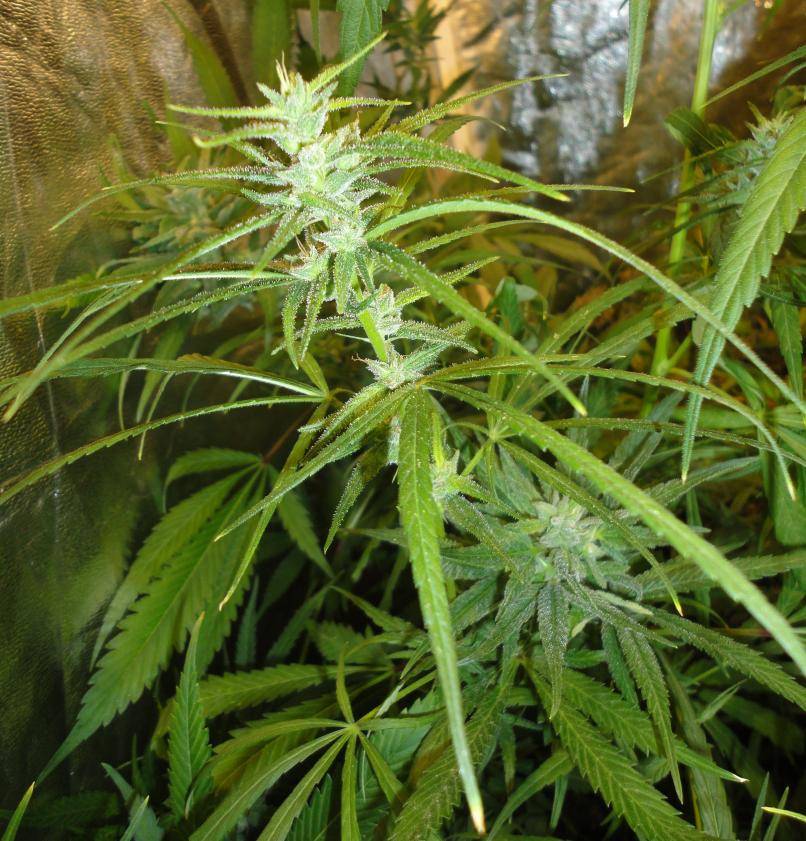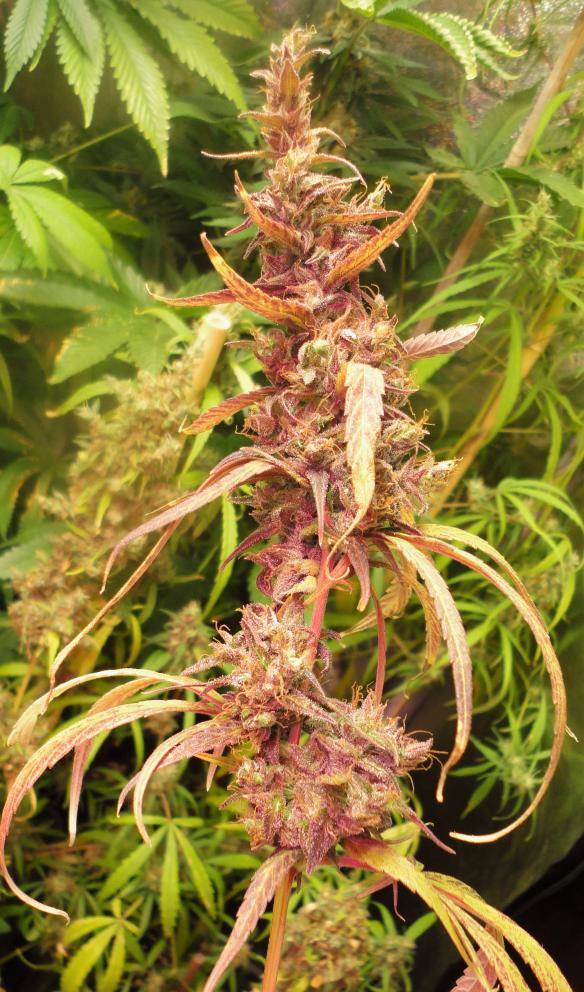JohnnyChicago
Well-known member
Hey MadMac,
Not sure I have posted this one here in your thread.
But it's its place
Smoke gets a nice cinnamon taste with the cure.
No grape, all spices, pepper ...
90sOHxTHH, purple pheno



Not sure I have posted this one here in your thread.
But it's its place
Smoke gets a nice cinnamon taste with the cure.
No grape, all spices, pepper ...
90sOHxTHH, purple pheno







